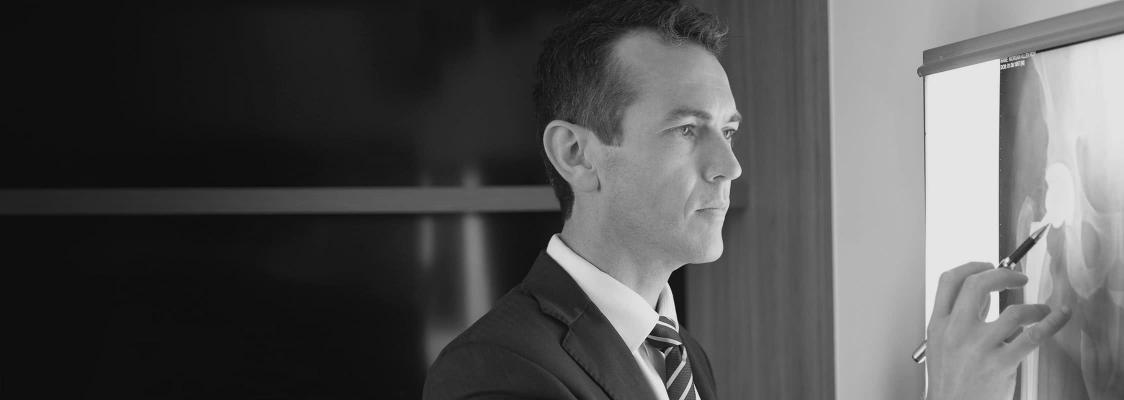The hip joint is a ball and socket joint. The ball (the femoral head) sits inside the socket (the acetabulum) which is a part of the pelvis bone. In normal situations, the Femoral head is a perfect and matching fit for the Acetabulum and the hip joint acts as a universal joint.
In order for this perfect fit of ball and socket to remain uniform and healthy, the body must undertake ongoing continual “maintenance” of the skeleton – old and worn sections of bone are constantly being replaced by new bone. This process goes on in a balanced fashion so that the outside appearance of the bone never changes.
The cells that live within our bones (osteoblasts which make new bone and osteoclasts that absorb bone) act in harmony with each other to achieve this.
In order for these cells to function, they need to be provided with nutrition and oxygen – this is achieved by the presence of a strong blood supply within bone. Healthy bones are actually quite vascular structures.
Unfortunately, the blood supply to the femoral head is quite tenuous – there is only a limited number of blood vessels that supply nutrition to this region of the skeleton. This blood supply can be disrupted or cut-off and this can cause the cells within the femoral head to die. This condition is known as “avascular necrosis” – this literally means “cell death due to lack of blood supply”.
If this condition occurs, regions of damage slowly start to accumulate throughout the femoral head and the bone can start to collapse. This then causes very rapid onset pains that are quite similar to those of hip arthritis.
Common reasons for this are: trauma or fractures of the upper femur or neck of femur, use of corticosteroids to manage other chronic health conditions and excess alcohol intake. Sometimes no underlying reason can be found.
If the diagnosis of AVN is made early, it is possible to perform minimally invasive procedures that can help restore blood supply to the bone and prevent further bone collapse. If the bone collapse has become too severe, treatment of choice is usually total hip replacement surgery.
